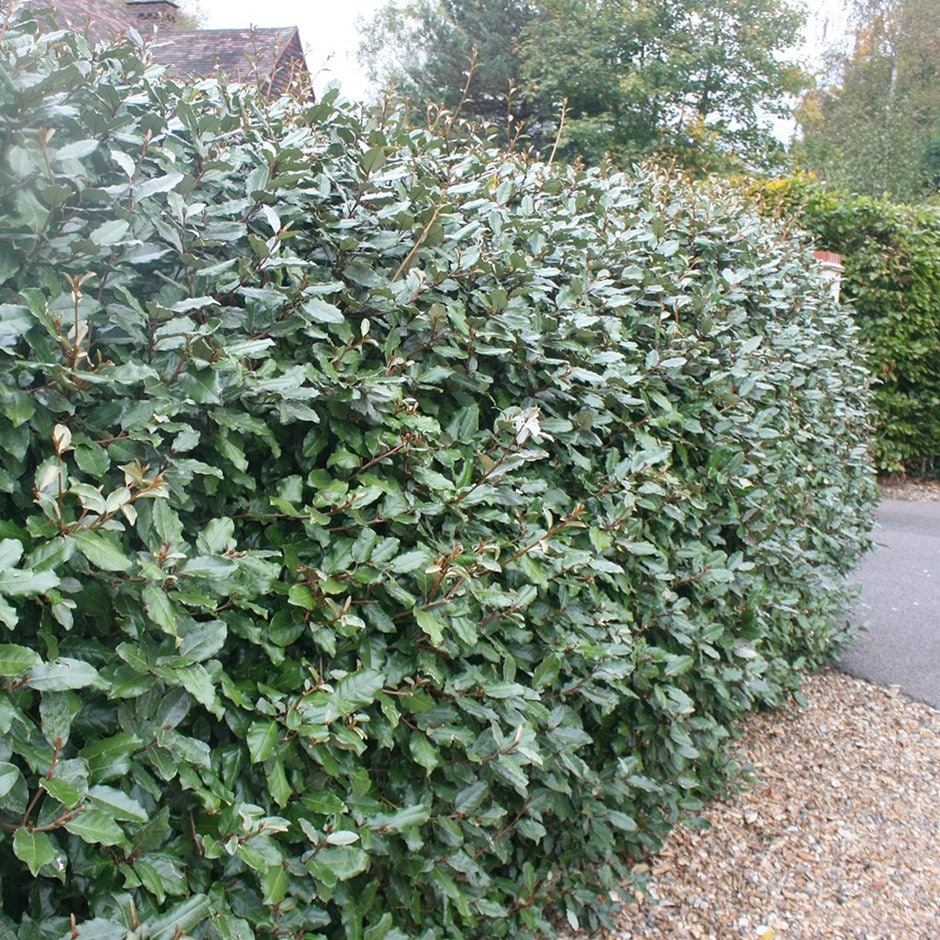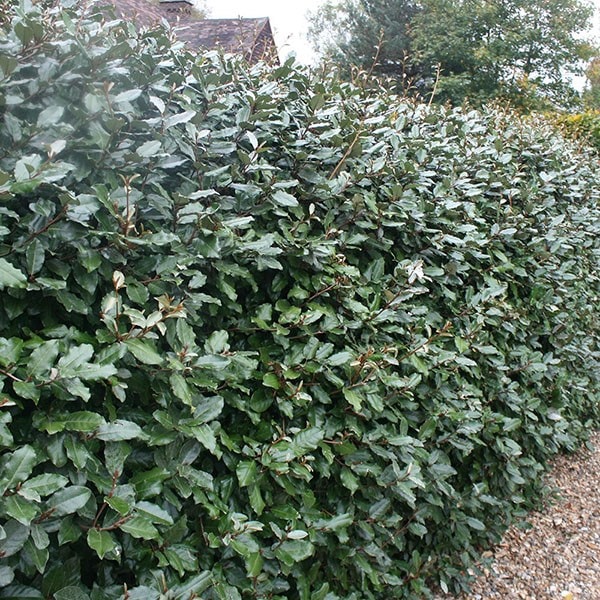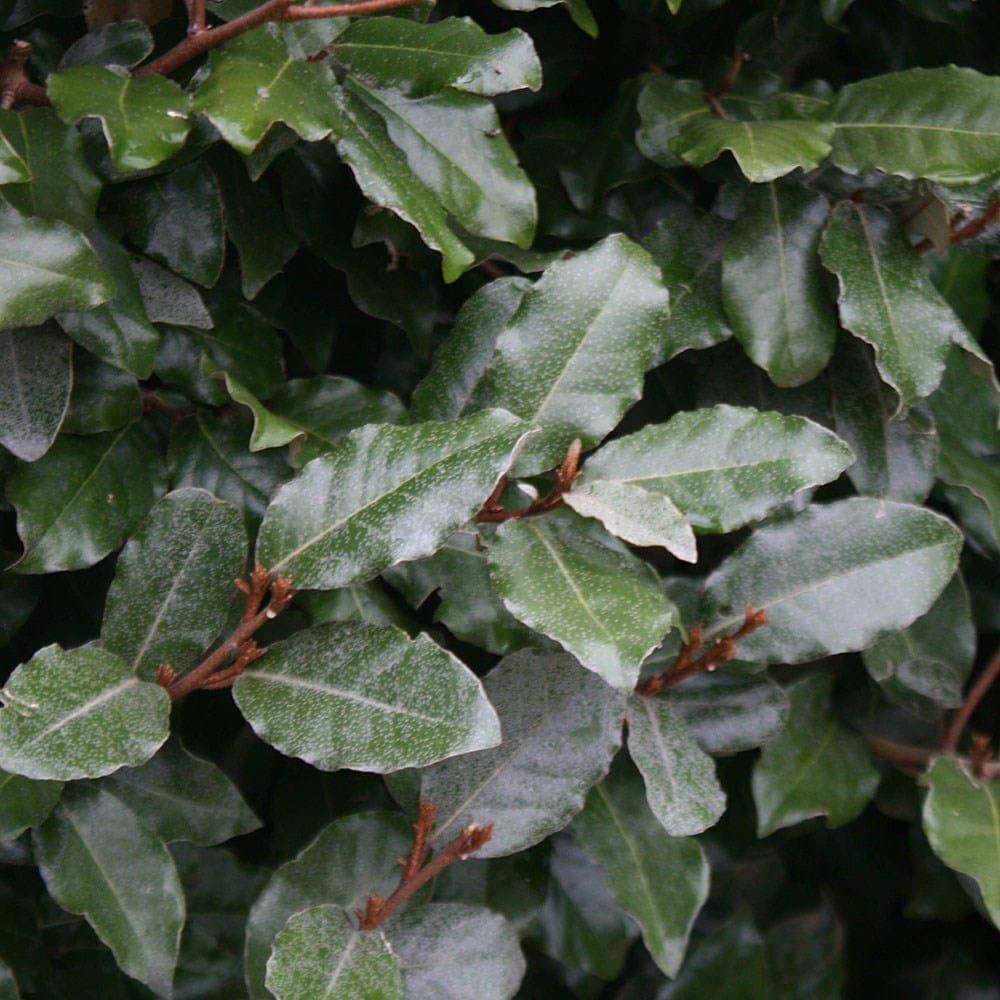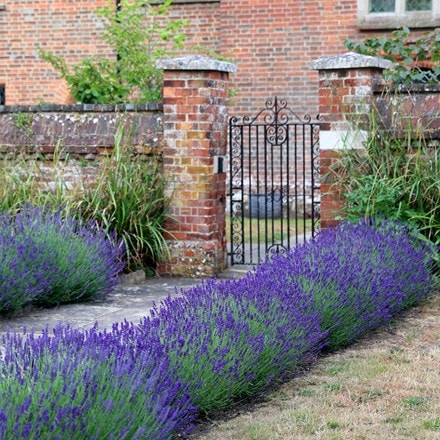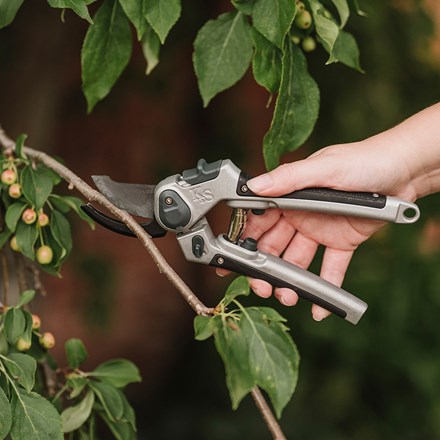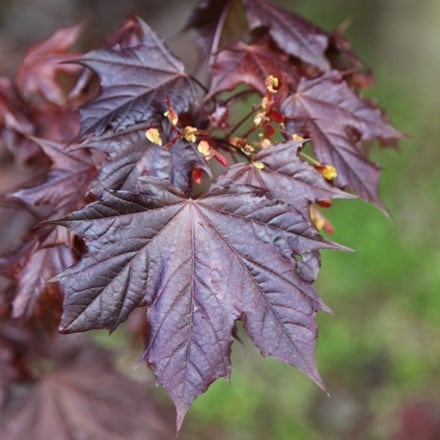Elaeagnus × submacrophylla
oleaster ( syn. Elaeagnus × ebbingei )
Initially spotted, the leaves of this popular evergreen shrub mature to a lustrous green, but always retain their silvery undersides. In...
GOES WELL WITH
How to control diseases
Prevention is better than cure with diseases in the garden so keep your plants growing as strongly as possible – allowing them to fight off infections naturally. A weak plant is much more likely to fall prey than a good, sturdy one. Also be vigilant! Try
Read full articleHow to create a wildlife-friendly garden
Wildlife-friendly gardens are not only more interesting as you can watch all the comings and goings, but they are often more productive as many creatures will help increase pollination. Garden ponds act as a magnet to dragonflies and damsel flies, along w
Read full articleAugust pruning of trees, shrubs and climbers
Late summer is the best time to prune many midsummer-flowering shrubs to keep them vigorous and flowering well. It is also the ideal time to prune several trees that are prone to bleeding if pruned at other times, and it’s not too late to complete the pru
Read full articleSeaside
Gardening by the coast offers specific challenges and opportunities. You can take advantage of the mild climate to grow not-so-hardy plants with confidence, but will have to choose them carefully to ensure they can cope with the buffeting winds and salt-
Read full articleHoney fungus
There are different symptoms which point to honey fungus, some or all of them may be present at one time. Also, death can take years or be virtually instantaneous with plants being suddenly stopped in their tracks, half-opened leaves just frozen in time.
Read full articlePlanting a hedge
Hedges by their very nature are often planted in exposed positions, so the secret of successful establishment is to make sure that they are well protected from prevailing winds for the first few years. Carefully planting and covering the surface of the so
Read full articleLow maintenance plants for partial shade and slopes
We all want a lovely garden but sometimes we are too busy with work and family, or we simply don’t have the inclination to garden incessantly, so the trick is to choose low maintenance plants such as easy shrubs and then to underplant them with ground cov
Read full article


